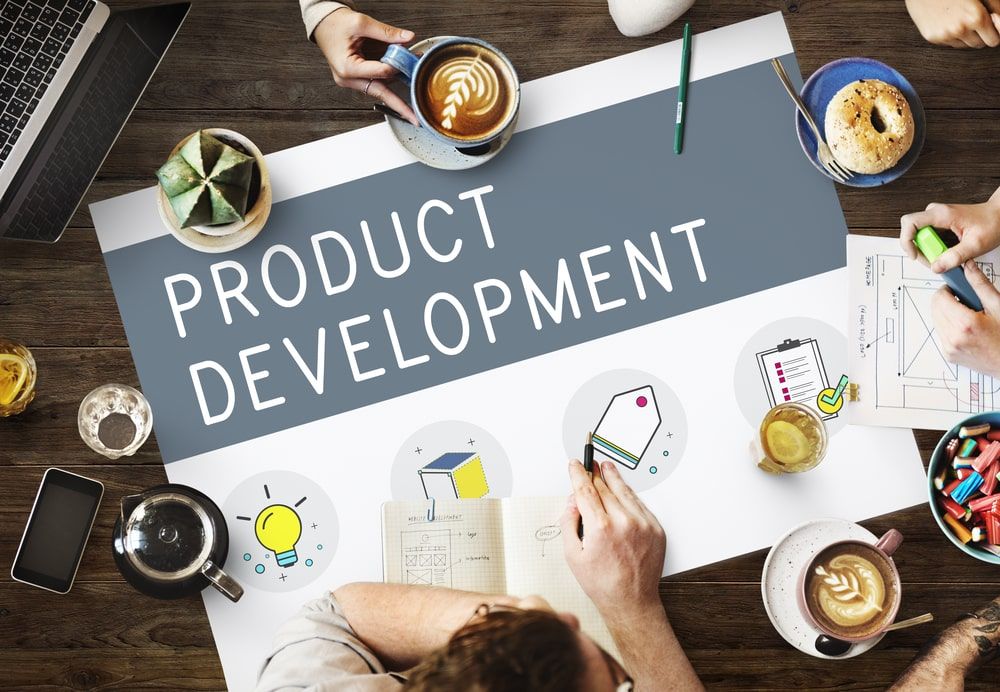Introduction
Product development is a complex and dynamic process that drives innovation, growth, and success for companies across various industries. It encompasses the conception, design, testing, and launch of new products or improvements to existing ones. In today’s fast-paced and competitive business landscape, mastering the art and science of product development is crucial for organizations seeking to stay ahead of the curve and meet the ever-changing demands of consumers.
This article delves into the key stages of product development, explores the challenges faced by product teams, and outlines strategies for fostering a culture of innovation and continuous improvement.
Understanding Market Needs and Ideation
The foundation of successful product development lies in identifying and understanding the needs of the target market. Comprehensive market research, customer feedback, and competitor analysis help in generating valuable insights. Brainstorming and ideation sessions are essential to spark creative thinking and generate a pool of potential product ideas.
Conceptualization and Feasibility Analysis
Once a pool of ideas is generated, the next step involves evaluating their feasibility. This stage is crucial as it helps in narrowing down the choices and selecting the most promising concepts. Factors like technical feasibility, resource availability, market demand, and alignment with the company’s vision must be considered during the feasibility analysis.
Design and Prototyping
The design phase is where ideas take shape. Product designers, engineers, and developers work together to create prototypes and mock-ups that showcase the product’s appearance, functionality, and user experience. Prototyping enables iterative testing, feedback incorporation, and refinement of the product design before committing to full-scale production.
Development and Testing
With a solid design in place, the development team begins building the product. Rigorous testing at various stages ensures that the product meets quality standards, performance expectations, and safety regulations. User testing, alpha and beta testing, and continuous feedback loops help in refining the product further and ironing out any issues.
Manufacturing and Production
Once the product design and development are finalized, the focus shifts to manufacturing and production. Choosing the right manufacturing process, sourcing materials, and establishing efficient production lines are critical aspects of this stage. Manufacturers must ensure that quality control measures are in place to maintain product consistency and integrity.
Marketing and Launch
An effective marketing strategy is essential for a successful product launch. Creating awareness, generating interest, and building anticipation among the target audience are key objectives of pre-launch marketing. The launch itself is a significant event, and timing, promotion, and distribution channels play a vital role in the product’s initial reception.
Post-Launch Evaluation and Iteration
The product’s journey doesn’t end with its launch; it marks the beginning of a new phase. Continuous evaluation and data analysis are necessary to assess the product’s performance, customer feedback, and market response. Based on these insights, product teams can identify areas for improvement, plan updates, and prioritize new features to keep the product competitive and relevant.
Challenges in Product Development
Rapidly Changing Market Landscape: Markets are highly dynamic, with customer preferences and trends changing rapidly. Product teams must stay vigilant and adaptable to respond to these changes effectively.
Resource Constraints: Product development can be resource-intensive, with limited budgets, time constraints, and talent availability. Efficient resource management becomes crucial to delivering a successful product.
Balancing Innovation and Risk: Innovation is essential for differentiation, but it also carries inherent risks. Finding the right balance between revolutionary ideas and incremental improvements is a challenge for product teams.
Market Fit and Customer Validation: Ensuring that the product aligns with the market’s needs and resonates with the target audience is a significant hurdle. Validation through user feedback and testing is critical to achieving product-market fit.
Strategies for Successful Product Development
Cross-Functional Collaboration: Foster a collaborative environment where different teams, such as marketing, design, engineering, and sales, work closely together throughout the product development process. This approach ensures that all perspectives are considered, leading to a more well-rounded and successful product.
Agile and Iterative Approach: Adopting agile methodologies allows product teams to iterate quickly, learn from failures, and make data-driven decisions. Agile practices enable adaptability and responsiveness to changing market conditions.
Customer-Centricity: Put the customer at the core of product development. Regularly gather feedback from target customers through surveys, interviews, and usability testing to understand their pain points and desires better.
Prototyping and MVPs: Rapid prototyping and Minimum Viable Products (MVPs) allow for quick validation of ideas and enable early user testing. This approach helps in identifying potential issues and refining the product before substantial investments are made.
Risk Management: Identify potential risks early in the development process and create contingency plans to mitigate them. Being prepared for unexpected challenges can save time and resources in the long run.
Conclusion
Product development is a multifaceted journey that demands a delicate balance of creativity, strategic thinking, and execution. By understanding the needs of the market, collaborating across teams, and leveraging agile methodologies, companies can increase their chances of delivering successful products that resonate with customers and drive business growth. Embracing a culture of innovation, continuous improvement, and customer-centricity lays the foundation for product development excellence in today’s fast-evolving business landscape.



